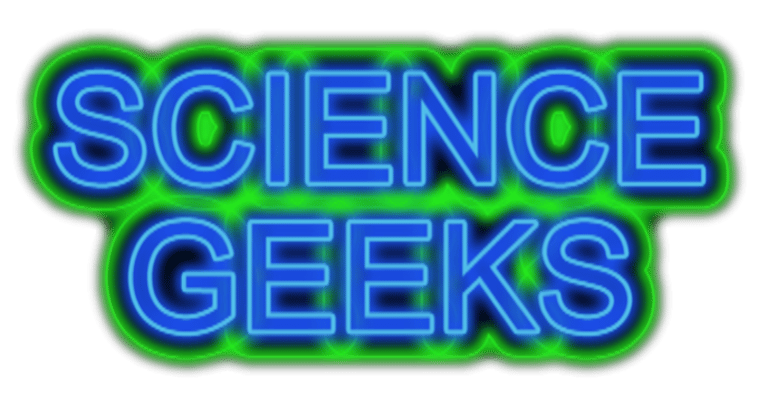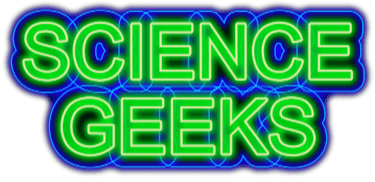
HEAT TRANSFER!
Thermal energy can be transferred from one energy store to another. There are three main methods of heat transfer and they are conduction, convection and radiation. And we already know what you are thinking ...."Who cares?" we hear you cry. Well you should. No really, this will affect every single on of you and could save you a fortune in energy bills in the future. Understanding how heat moves will save you money. Think you are already an expert on heat transfer? Then why not have try at our quiz straight away or watch a couple of our videos as a quick reminder.
CONDUCTION

KEY FACTS!
Heat Conduction:
Heat conduction is how heat moves from one object to another when they are in direct contact.
It happens mainly in solids, where particles (atoms or molecules) pass energy to neighbouring particles.
Examples: Touching a hot pan, warming your hands by a fire, or heating a metal rod.
How Heat Travels:
Imagine a line of people passing a ball from one end to the other. The ball represents heat energy.
In solids, particles vibrate and bump into each other, transferring heat.
The faster the particles move, the hotter the material becomes.
Thermal Conductivity:
Some materials conduct heat better than others.
Metals (like copper and silver) are excellent conductors because their particles can easily pass energy.
Insulators (like wood or air) don’t conduct heat well because their particles are less mobile.
Applications:
Cooking: Heat conduction in pots and pans.
Keeping Warm: Insulating materials (like clothing) help retain body heat.
Home Comfort: Insulation in walls and windows keeps homes warm.
Heat conducts through solids. Some time that is useful.... lots of times it isn't and we need to prevent it. Watch our video to learn all about conductors and insulators and the meaning of thermal conductivity! More importantly, understand why controlling the rate of conduction is so important for you!


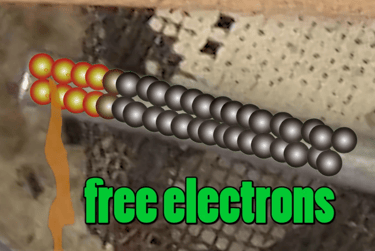

CONVECTION

KEY FACTS:
What is Convection?
Convection is the movement of heat caused by the motion of warm matter (usually liquids or gases).
When part of a fluid (like air or water) is heated, it expands, becomes less dense, and rises.
Cooler fluid then moves in to take its place, creating a continuous cycle called a convection current.
Examples of Convection:
Atmospheric Circulation: Warm air rises near the equator, creating wind patterns that move heat around the Earth.
Ocean Currents: Warm ocean water near the equator flows toward the poles, affecting climate and marine life.
Seismic activity: Convection currents in the earth Mantle cause the tectonic plates to move leading to earthquakes!
Heaters and Radiators: Wall heaters (like radiators) warm rooms through convection.
How It Works:
Imagine a pot of soup on the stove. As the soup heats up, the hot liquid rises, and cooler soup moves in to replace it.
This process transfers heat throughout the soup, making it warm all over.
Natural Convection:
Happens when fluids (liquids or gases) are heated.
Hotter molecules rise, while cooler ones sink, creating a circular flow.
Think of a lava lamp—the rising blobs represent convection currents!
Practical Applications:
Wind: Convection in the atmosphere causes wind.
Room Ventilation: Open windows allow fresh air to enter and cool the room.
Cloud Formation: Convection helps form clouds in the sky.
And don't forget lava lamps!
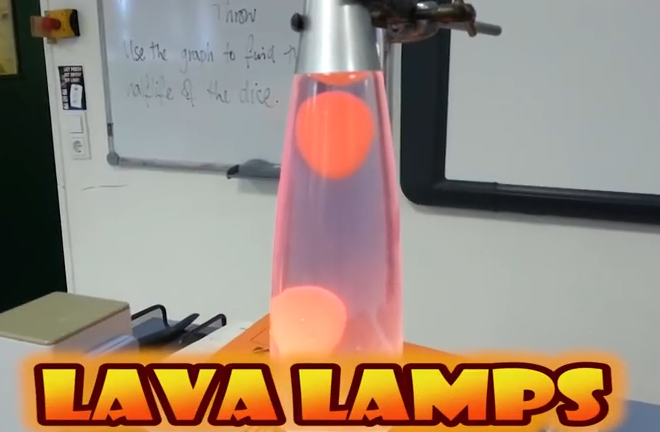

Convection currents drive some of the most powerful process on our planet from seismic activity to the weather itself. At the same time, it is the way that our houses are heated and our kettles boil. Convection is everywhere and you definitely should care about it. Watch our most popular video ever as the science geeks explain....
INFRARED RADIATION

KEY FACTS
Infrared Radiation: Infrared radiation is an electromagnetic wave that can travel through a vacuum. Heat from the Sun reaches us through space by traveling as infrared radiation
Emission and Absorption: Objects can absorb (take in), emit (give out), and reflect infrared radiation. The hotter an object, the faster it will emit infrared radiation. Black, dull surfaces are good absorbers and emitters. White, shiny surfaces are bad absorbers and emitters!
No Particles Involved: Unlike conduction and convection, infrared radiation doesn’t require particles. It can transfer energy even in a vacuum, such as outer space.
Feeling the Sun’s Warmth: We feel the warmth of the Sun because of the infrared radiation it emits.
Transfer Mechanism: Radiation transfers heat energy from a region of high temperature to a region of low temperature without the need for any particles. It works through the vacuum of space
Infrared radiation is detected by thermal imaging cameras and night vision goggles. We need to think about the colours of materials when designing buildings. Understanding how different materials absorb and emit infrared radiation helps engineers design better insulation materials. For instance, reflective surfaces can minimize heat loss through radiation. The Earth’s atmosphere absorbs and re-emits infrared radiation. This natural process helps keep our planet warm. However, human activities (such as burning fossil fuels) can enhance this effect, leading to global warming.

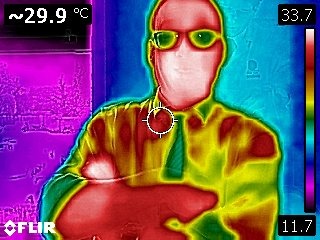
Everything you need to know about heat radiation in one place. Join the science geeks as they discover the wonders of this important part of the electromagnetic spectrum. How is it different to conduction and convection? And what vital role does colour play with this method of heat transfer.

HEAT TRANSFER QUIZ
This quiz isn't easy and will test your comprehension of the difference between conduction, convection and radiation. Do you know the details? Will you triumph, can you, literally, take the heat? There's only one way to find out!
